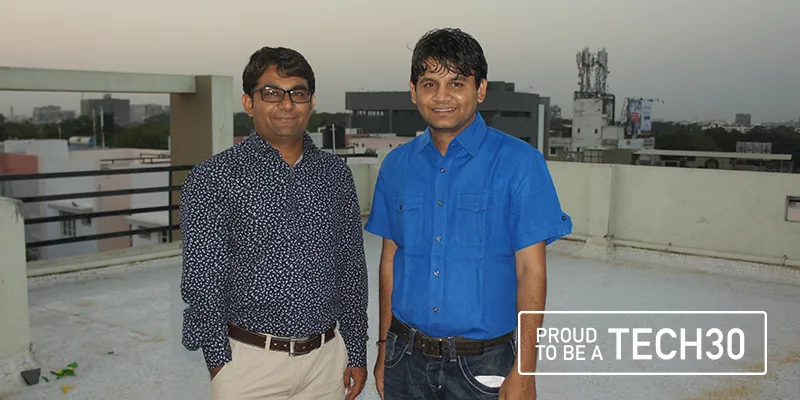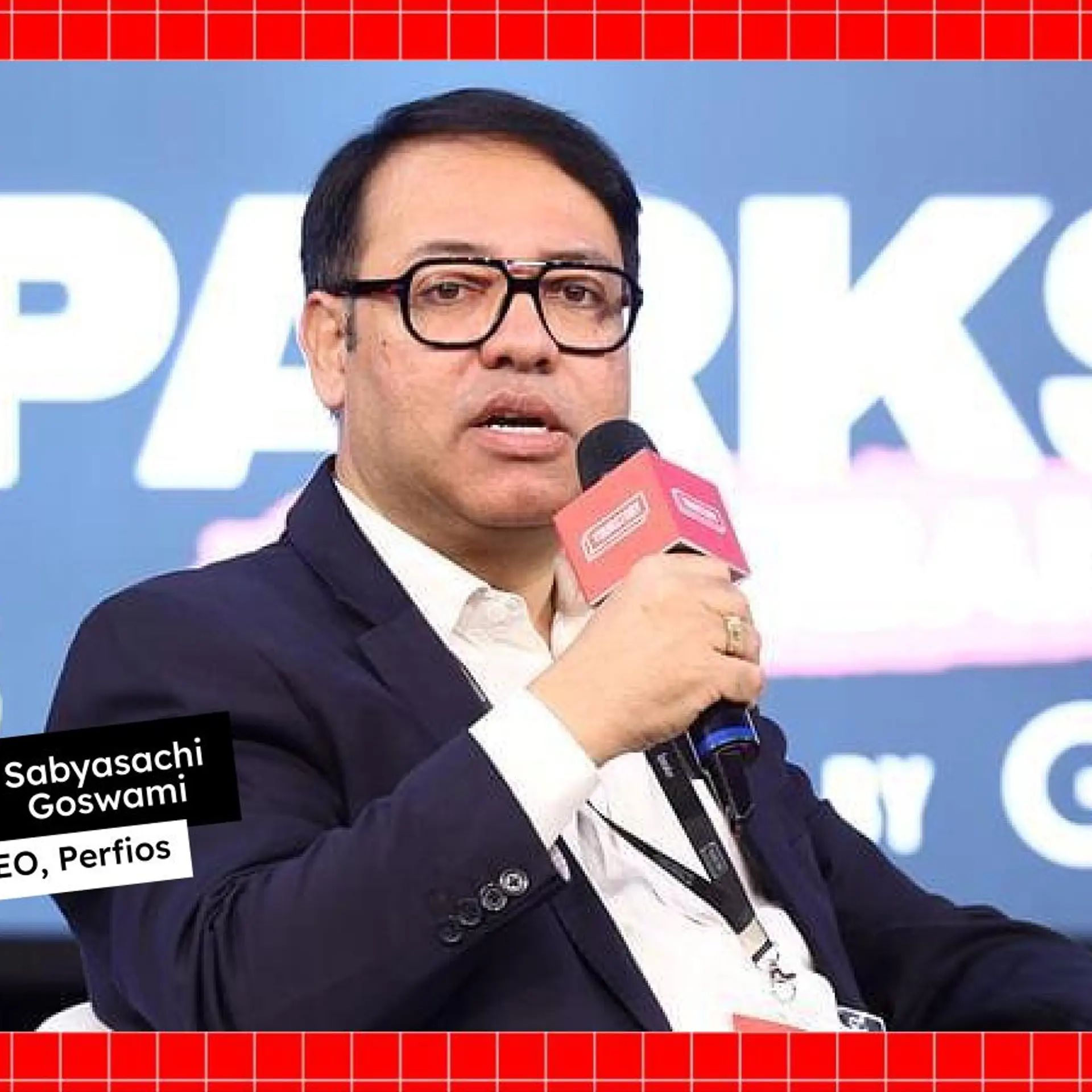[Tech30] India TTS is the first startup in India to create a text-to-speech system, making lakhs in revenues
It all started when Mausam and Maulik Patel went after the opportunity of creating a text-to-speech news aggregator application in 2013.
There were none in the market then, and that’s exactly what reared them to go after the opportunity. However, while building India TTS, they realised the intricacy of the technology.
After building just the text-to-speech mechanism (TTS) for three years, Mausam says, the startup is still in the R&D stage. Today, India TTS claims to be the first Indian company to make text to speech a commercial entity.
So what is text to speech? Simply put, it is a mechanism that converts text into spoken voice output. But according to Mausam, the commercial uses are far and spread.

Making it commercial
Launching the first version of the product in May 2016, India TTS has three variants - English, Hindi and mixed (Hindi and English) TTS. These TTS APIs are integrated with the interactive voice response (IVR) software of firms, making it accessible to any kind of communication broadcasting mode or device.
To give an example, on a consumer level, the most recent used case is Ola. In case a cab driver cancels your call, the IVR gets activated, calling you on your registered mobile device to give you an update. It can also be seen in ATMs, where the visually impaired are guided by a voice, helping them to navigate through the process.
For India TTS, the use case ranges from emergency maintenance systems in huge manufacturing plants to public announcement systems. Having seven enterprises on board, the firm has NSB BPO, which handles customer operations for major telecom operators; CMS ATM services; BHEL Bhopal amongst others as its clientele.
On the other end, the firm is piloting with 22 clients and startups likewise for their technology solutions.
Making the right buck
India TTS has various pricing models. Divided between gold and silver, for smaller clients (with lesser volumes) India TTS charges them Rs 0.49 for every request executed. Converting text to speech, the firm defines each request (or text) as 120 characters.
For larger call centres with higher volumes, the firm suggests a gold plan, for which it charges Rs 0.26 paise per request. According to Mausam, there are 7,000-20,000 requests made by clients on a daily basis.
Also having a B2C play, the firm allows users to use the solution for personal usage on the fly. This is completely free of cost and requires users to register on the platform. Mausam claims that the platform witnesses 5,000 daily interaction, receives 70,000 page views for the website.
In just three months, the firm has already started making monthly revenues of Rs 3 lakh. Further, the founders have invested revenues from their previous startup into this venture. Mausam believes,
“What we are building is a unique technology for India. We were amongst the top 10 innovations for the Digital India challenge, and the second in the world to experiment with Hindi after Nuance, as a TTS solution.”
Why is this so important?
In the past, a human operator would connect to the user, taking actions based on the input provided. At present, IVR is static where it is pre-programmed and an audio is played, when a user gives a certain input, making the entire ecosystem controlled.
In the future, TTS would disrupt IVR through Neuro-linguistic Programming (NLP) and machine learning. TTS will listen to the user and give directions accordingly. This is almost like Siri or Google Now, but with a local language twist to it.
Further, TTS technology will come of age and become an interaction model. However, for now, India TTS only communicates what the system produces in the form of text, having no brain of its own.
Why a Tech30?
It is interesting to see how interactions with computers and systems have changed over two decades. Right from graphical user interface, involving a mouse and keyboard, to the resurgence of interaction with systems through a browser in the internet era. Now, it’s a seamless part of our daily interaction with systems.
At present, we are interacting with touch and see an advent of voice recognition technologies (Siri, Amazon Echo, Google Now). Further, we would see this technology seeing mass adoption becoming even more mainstream than it already is.
But the question which India TTS answers is that of language voice recognition. Mausam tells us that the company will foray into other local languages once the need arises.
For the moment, it’s safe to say that language voice recognition isn’t there yet. But when it is, India TTS will have an upper hand in the market having the necessary users and traction to scale.


![[Tech30] India TTS is the first startup in India to create a text-to-speech system, making lakhs in revenues](https://images.yourstory.com/cs/wordpress/2016/10/india-tts-tech30-techsparks.png?mode=crop&crop=faces&ar=2%3A1&format=auto&w=1920&q=75)




